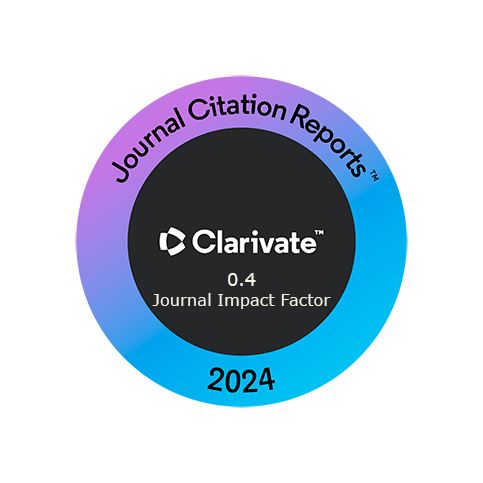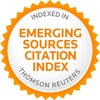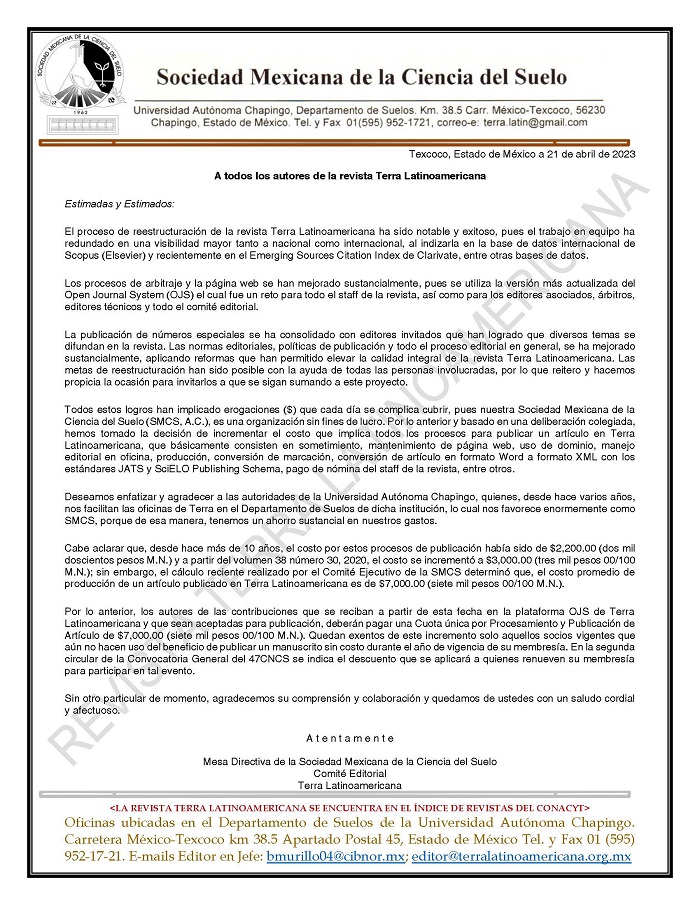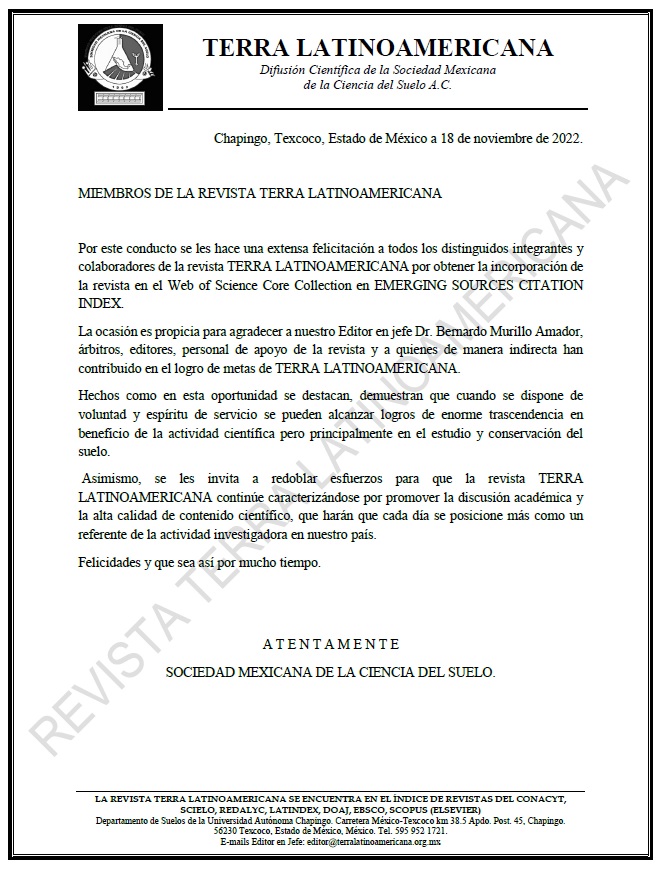Vermicompost to recover the fertility of sandy loam soil and peanut (Arachis hypogaea L.) yield
DOI:
https://doi.org/10.28940/terra.v37i1.331Keywords:
microbial activity, agro-ecological management, organic matter, physicochemical propertiesAbstract
Peanut production is a significant source of income for Chiapas, which is the country’s second largest producer. Jiquipilas is one of the producing municipalities of the state; however, its yield has decreased in the last four years (from 2.4 to 1.45 Mg ha‑1) probably due to the intensive management, propitiating the gradual deterioration of the physical, chemical and biological properties of the soil (loss of fertility). In sandy loam soils, we evaluated the changes in said properties after addition of vermicompost and how these, in turn, affected crop yield. The study was conducted in a single crop cycle (2016), in a plot traditionally planted with peanuts (Arachis hypogaea L.) in the ejido of Jose Maria Pino Suarez, Jiquipilas, Chiapas. The vermicompost was made with agricultural residues of the region (manure, corn and peanut waste). We experimented with four different doses of vermicompost (300, 225, 150, and 75 g), which were complemented with agroecological management (without chemical inputs and incorporation of manually pulled and cut weeds between rows as dead cover). Soil with intensive management (application of fertilizers, insecticides, synthetic herbicides) and soil with agroecological management were considered as controls. The addition of vermicompost to the soil had a positive effect on physical properties (field capacity, real density and porous spaces); in terms of chemical properties, there were positive results in the availability of phosphorus, potassium, iron and manganese, as well as in the pH. Higher CO2 emissions were also obtained due to microbial activity. The emergence of plants and their flowering occurred in less time with vermicompost. Although there is a clear trend toward higher crop yield with the addition of vermicompost, there were no statistically significant differences.Downloads
Publication Facts
Reviewer profiles N/A
Author statements
- Academic society
- Terra Latinoamericana
- Publisher
- Mexican Society of Soil Science, C.A.

















